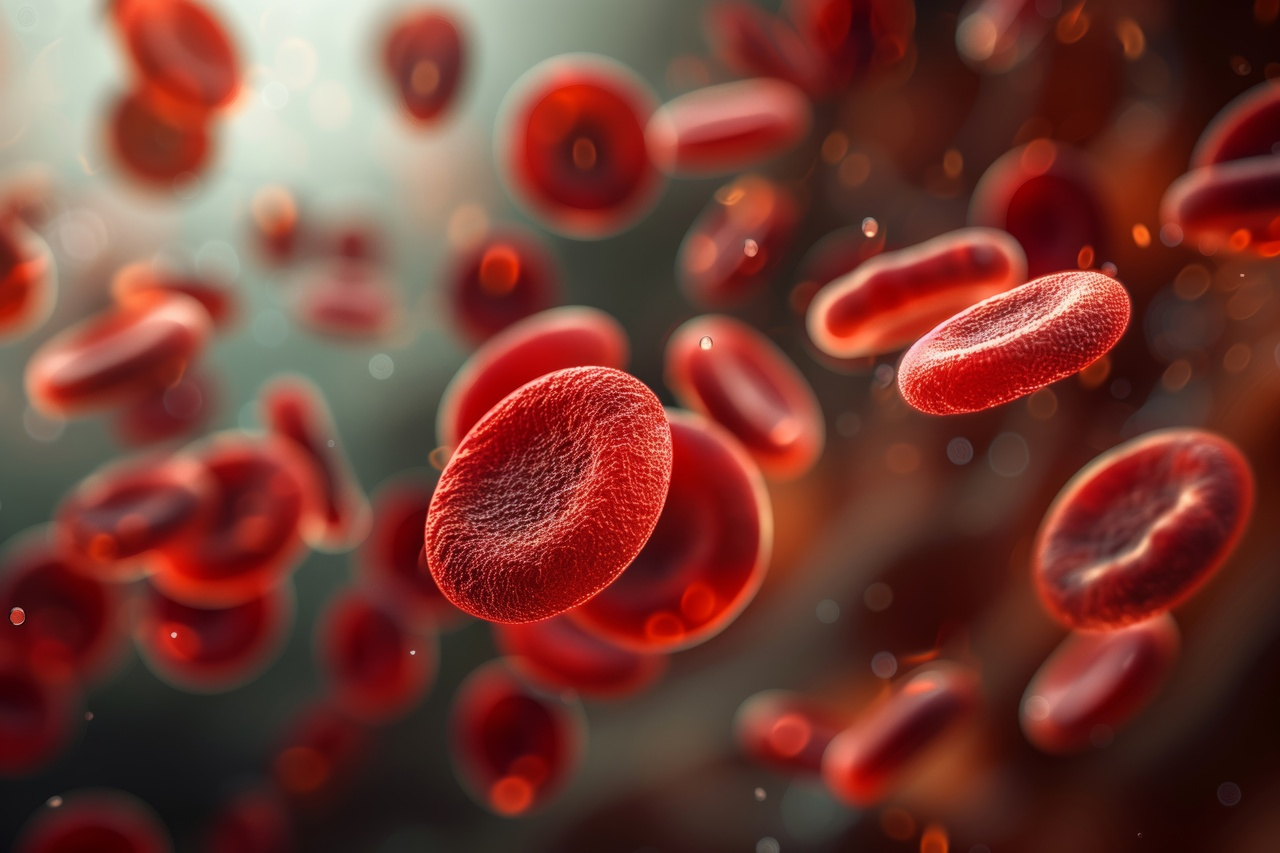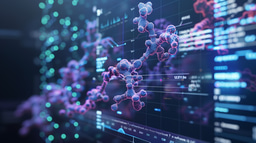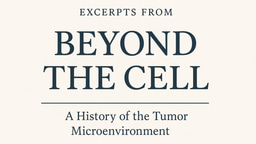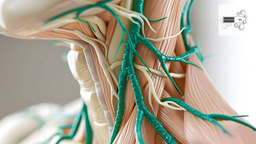The Blood Rewrites the Blueprint: A Story of Tumor Angiogenesis
Published in Cancer and General & Internal Medicine

Before a tumor can grow, it must steal.
It must steal nutrients, oxygen, and the means of waste disposal. It must steal from the nearest blood vessels—or build its own. And like any thief, it must do so under cover, evading immune detection and cloaking its demands in the language of the body’s own biology. For decades, cancer was viewed as a self-contained rebellion, a genetic uprising bounded by cell walls and driven by mutation. Blood was a courier, not a conspirator. It moved blindly through the system, delivering oxygen, removing waste, and obeying the body’s central commands.
In the early 1970s, a young surgeon-scientist named Judah Folkman changed that. He told a different story—a story that placed blood vessels not at the periphery of cancer, but at its center.
Folkman was working at Boston City Hospital, where he observed something peculiar. Small, dormant tumors transplanted into animals would not grow unless they could develop their own blood supply. Without vessels, the tumors remained tiny, inert, held in place by the biological equivalent of a holding pattern. But when new capillaries emerged from surrounding tissue, the tumors flourished. They came to life.
Folkman proposed a radical idea: that tumors secreted molecular signals to stimulate blood vessel growth, and that this process—angiogenesis—was not just a consequence of cancer, but a prerequisite for it. Cancer, in his view, was not only a genetic disease, but a disease of infrastructure. If blood was the currency of growth, angiogenesis was the currency exchange.
His idea was met with skepticism, even mockery. The 1970s cancer field was steeped in the language of oncogenes and tumor suppressors. DNA was king; protein was its emissary. The notion that blood vessels might be active players in cancer progression seemed outlandish. One reviewer famously described Folkman's proposal as "fanciful" and refused to fund it.
But Folkman did not let go. Over the next two decades, his lab, along with collaborators across the globe, began to identify the molecular basis of angiogenesis. They isolated pro-angiogenic signals like basic fibroblast growth factor (bFGF) and eventually homed in on a protein initially dubbed vascular permeability factor (VPF). In 1989, Napoleone Ferrara purified this factor and revealed its true identity: vascular endothelial growth factor, or VEGF.
VEGF was a revelation. It was potent, specific, and widely expressed in tumors. With VEGF came a new framework. Tumors were not simply growing into the blood supply—they were engineering it. Histological studies confirmed that tumor vasculature differed dramatically from normal vasculature: the vessels were misshapen, irregular, leaky. They formed loops, doubled back, or abruptly ended. Some regions of the tumor were oversupplied with oxygen, while others were starved. This patchwork distribution triggered more VEGF production, reinforcing a self-perpetuating cycle.
Angiogenesis was no longer a biological curiosity. It was a feedback loop, a therapeutic target, and eventually, a formal hallmark of cancer.
Anti-angiogenic therapies soon followed. Bevacizumab, a monoclonal antibody that binds to VEGF, was approved for colorectal cancer in 2004 and has since been used in lung, kidney, and brain cancers. These drugs were designed to starve tumors by cutting off their blood supply—to turn the strategy of growth against itself.
But the biology proved more nuanced. Tumors are not passive recipients of blood. They sculpt their vascular architecture to suit their needs. The new blood vessels are not just conduits; they are collaborators. They help maintain the tumor’s metabolic flexibility, protect it from immune infiltration, and create a physical barrier against therapeutic entry.
Rakesh Jain and colleagues at Massachusetts General Hospital took this insight further. They showed that simply destroying tumor vessels could backfire—increasing hypoxia, which in turn promoted resistance and metastasis. Jain proposed a more elegant solution: vascular normalization. Rather than eliminating all tumor vessels, normalize them. Straighten the twisted capillaries. Reduce leakiness. Restore pressure gradients. Normalize flow. With this strategy, drugs and immune cells could penetrate more effectively, and tumors could be rendered more vulnerable.
This idea has reshaped how we think about tumor biology. The vasculature is not a structure to be obliterated, but an ecosystem to be recalibrated. And like any ecosystem, its health is determined by balance—by flow, communication, and spatial order.
Today, the story of angiogenesis is woven into every modern understanding of cancer. Advanced imaging tools now allow us to watch vessels grow in real time. Oxygen-sensing probes track hypoxic zones. Computational models simulate perfusion dynamics. These tools have moved angiogenesis from theory to visible fact.
And yet, in many public narratives, cancer is still imagined as a solitary defect. A cell that misbehaves. A gene that mutates. A program that fails. But if we look closer, we see that cancer is a master of space. It doesn’t just grow—it builds. It engineers its surroundings, reshapes its infrastructure, and recruits allies.
To tell the fuller story of cancer, we must tell the story of blood. Not just as a passive highway, but as an active partner. The vessels a tumor recruits are not random. They are the result of molecular negotiation, chemical persuasion, and evolutionary adaptation. They answer the tumor’s call.
And in that act—when blood bends to malignancy—we see cancer for what it truly is: not simply a genetic disobedience, but a spatial strategy. A tumor builds. And blood answers. That answer, and how we learn to interrupt or reengineer it, may hold the key to what comes next.
Follow the Topic
Ask the Editor – Inflammation, Metastasis, Cancer Microenvironment and Tumour Immunology
Got a question for the editor about inflammation, metastasis, or tumour immunology? Ask it here!
Continue reading announcement




Please sign in or register for FREE
If you are a registered user on Research Communities by Springer Nature, please sign in